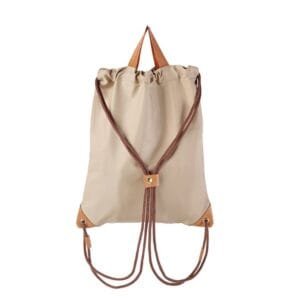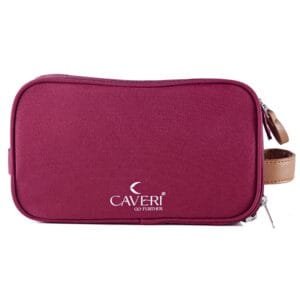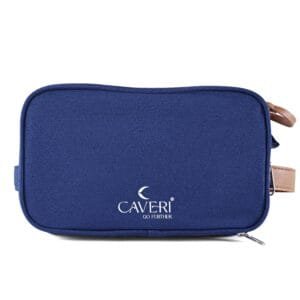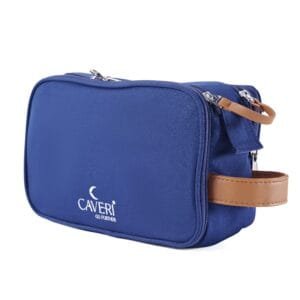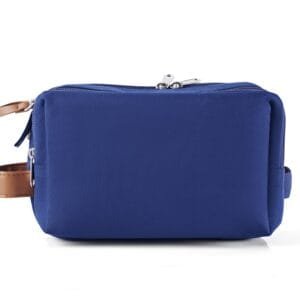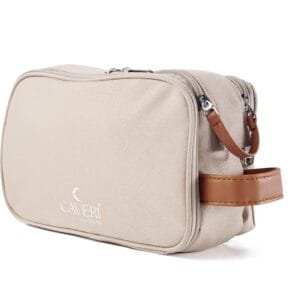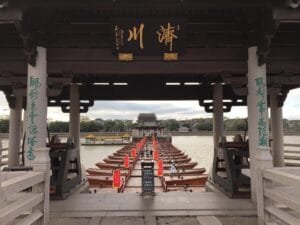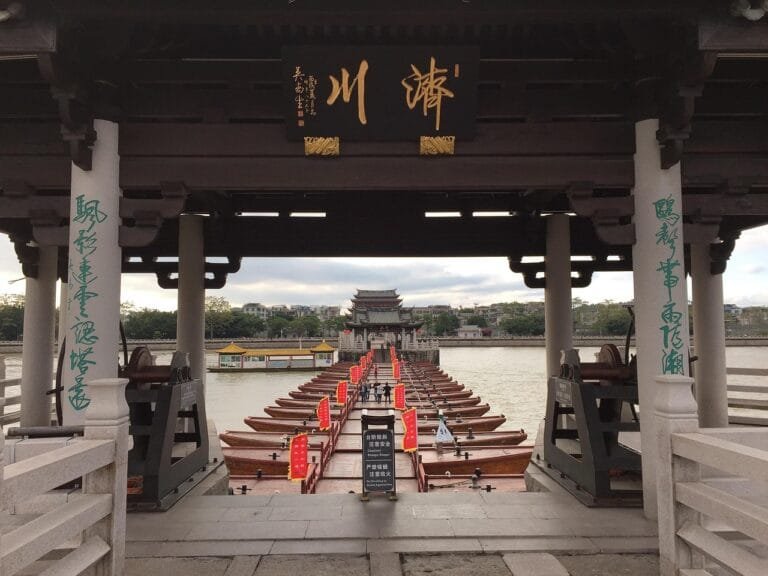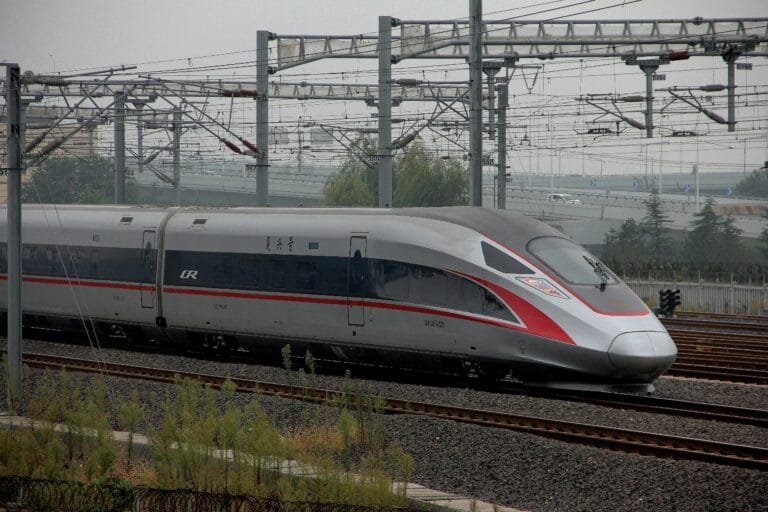TRAVEL DIARIES
Real Journeys from Around the World
Welcome to our Traveller Series, where wanderers from around the globe share their authentic travel experiences, unique perspectives, and insider recommendations.
These stories are more than just itineraries — they’re journeys and recommendations from personal experiences that capture the essence of each destination through the eyes of real adventurers - the authors of these articles.
Whether you’re seeking inspiration for your next trip or love exploring through someone else’s lens, this series is your gateway to unforgettable experiences.
Hiking Kawah Ljen, Java - Indonesia
Kawah Ijen sits at the eastern-most point of Java, Indonesia and is probably best known as the largest blue fire area in the world: a natural phenomenon where the extreme heat just below the surface of the crater ignites the sulphur on the surface, producing a bright blue flame. It was this that I was most excited to see and photograph.

It was around 02:00 when we stepped out of the car. Our trip to Java had been full of early wake-up calls: 05:00 for Borobudur, 03:00 for Mt Bromo. But setting a wake-up alarm for just after midnight felt like a sin. We were going to be hiking up to the crater of Kawah Ijen, and with the start of the climb at 1850 metres and the crater at roughly 2400 metres, we had a considerable climb ahead of us if we wanted to reach the top before the first light appeared on the horizon.
Our driver, Pak Yudi, pointed us towards a group of men standing at the entrance to the trail. These men normally work as miners, hiking to the crater multiple times a day to extract blocks of sulphur. Despite the gruelling work, they earn very little, and often arrive a few hours early hoping to guide tourists up the volcano for extra income.
Our group was composed of myself, my girlfriend, and a French-Canadian couple we met at the hostel near Mt Bromo. All of us were happy to pay a little bit extra so we could avoid the large group tours and make sure our money ended up in the pockets of the miners, and not some tour company based in a city far away.
We were expecting there to be some kind of hustle as the men competed between themselves to be our guide, but just a single man stepped forward and introduced himself. His name, like our driver’s, was also Yudi. He was quite young, either in his late teens or early twenties, and you could clearly see that he led an active life. He quoted us 150,000 IDR (around 9 USD) per person, which we all happily accepted. After a quick introduction and a few questions, we began our ascent up the slope.
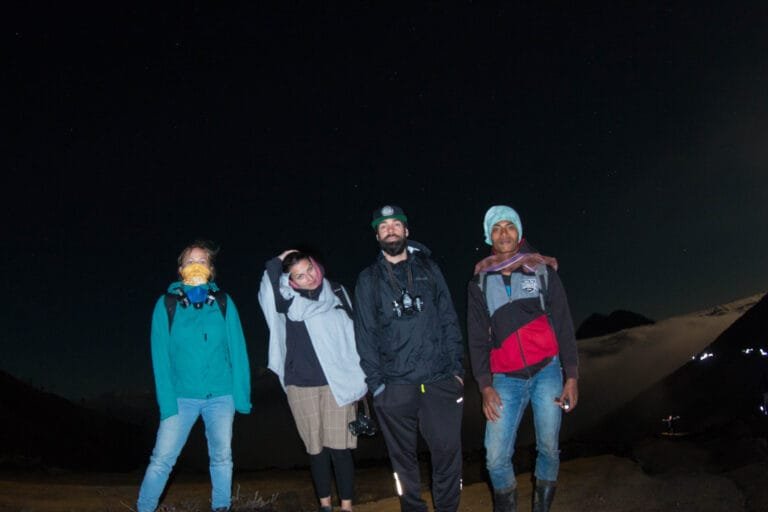
Yudi explained that we would not be able to descend into the crater anytime soon. There had recently been an unusual amount of rainfall, and the wet ground combined with the sulphurous fires had made the air particularly toxic. Taking tourists past the rim of the crater was strictly forbidden for the time being.
The hike itself was not particularly challenging for us, but we were all in our mid to late twenties, and in reasonably good shape. We did, however, pass other people who had set out before us, looking completely winded, and some were even making their way back down, having decided it was too hard for them. One Indonesian lady in a white dress (very unusual volcano attire), was sitting in a wheelbarrow while her guide dragged her up the volcano.
The stories of Kawah Lijen's local guides
During the hike, Yudi spoke and we all listened. He told us how if he didn’t guide people up the volcano, he would need to climb the volcano, descend into the crater with no safety equipment and no gas mask, dig enough sulphur to fill two baskets (between 70-100 kg), and carry it back down the volcano. This sulphur is used in a wide range of industries, from sugar bleaching and fertiliser production to cosmetics and rubber manufacturing, where it strengthens and enhances durability. To earn less than what one of us had paid him as a guide, he would need to repeat this gruelling task two or three times a day.
He spoke of his family. How he had a young child, and was expecting another soon. He spoke of his father, uncles, and brothers, all of whom relied on the sulphur to earn a living. He spoke of the other miners, and the illnesses that result from the breathing of unfiltered sulphuric gas. An illness that had caused his father to stop working and even struggle for air while at rest.
But it wasn’t all bad. He spoke of how more and more tourists were coming to see the famous blue flames, and that meant Yudi and his fellow miners had a new source of income. One that offered significantly more money and far less risk. We were paying him a week’s worth of mining wages for just a morning’s work, and he wouldn’t even have to deal with the toxic gasses. As for the man dragging the lady up the volcano in a wheelbarrow? She would be paying two weeks’ worth of wages for that privilege.There were still days when he would need to descend into the crater, but those days were becoming fewer and farther apart, and he was even reaching a point where he could skip a day if no tourists wanted to make the hike.
He also spoke of a brotherhood between the miners, and how they look out for one another. This is why we were not bombarded at the entrance. They take it in turns guiding people up the mountain so the tourist income is evenly split among them. They also make sure that each of them follows the rules. These men rely on what Kawah Ijen provides: either the sulphur or the ability to guide people. There are strict rules in place to stop tourists from getting hurt, and if one tourist were to get seriously hurt or even die, authorities would be quick to close the volcano down for everyone. This would be a catastrophe for the miners and their families. So, they policed each other, making sure none of them accepted extra cash to let tourists get closer to the danger.

Before we even realised it, we had reached the rim of the crater. Besides the moon and stars above us, and the small bobbing headlamps of others making the climb, it was pitch black. There was, however, one more light source. From deep within the crater, a bright blue light glowed: the famous blue fire of Ijen!
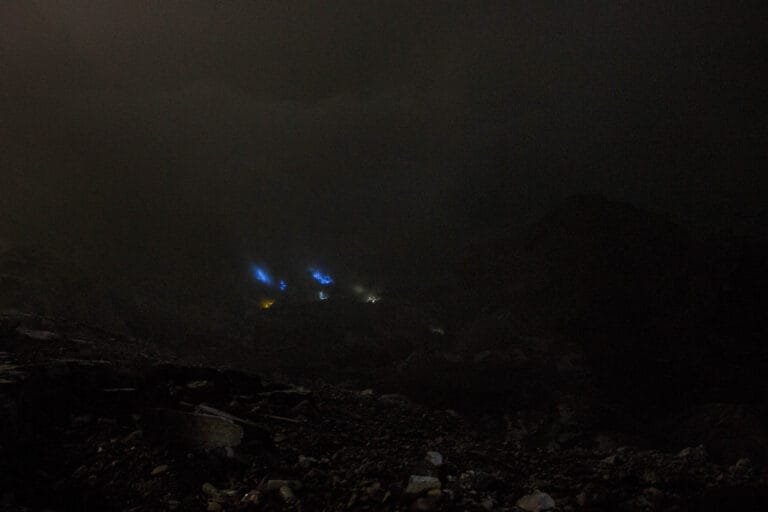
The sky was superbly clear, but the air was not. There was a powerful stench of rotten eggs all around us, though as far as Yudi was concerned, we were still breathing clean air. A lady passed us by with a basket of trinkets, and a separate basket full of gas masks for rent. The other couple in our group wanted the masks, but my girlfriend and I opted to experience it as it was, so no masks for us. Instead we bought a little starfish and a turtle, both hand carved out of sulphur, of course.
We made our way to the far side of the crater and found ourselves a nice little spot to set up the tripod. The first light had just started creeping in, and the stars were gradually fading away. As the light grew brighter and brighter, the crater lake became visible to us, and Yudi explained this magnificent lake in detail.
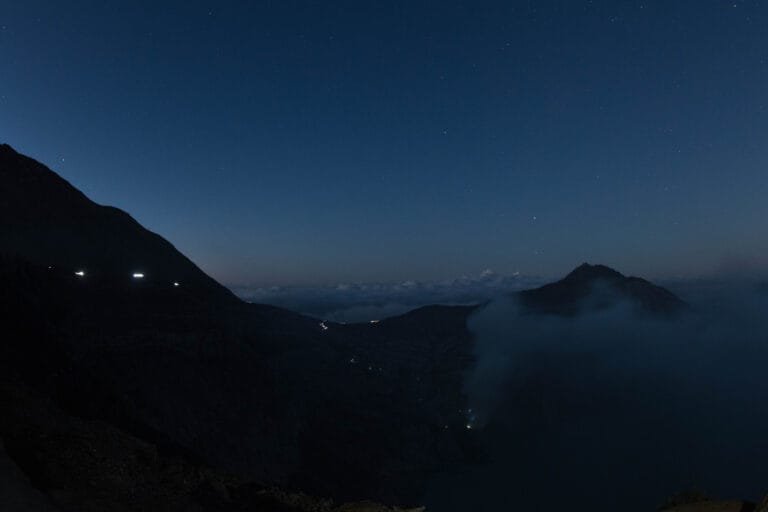
The blue flames may get all the fame and glory of Ijen, but the lake certainly deserves its share of the credit. It is one of the highest and most acidic crater lakes in the world, and it is also the largest. Its pH levels range from 0.5 at the edge to as low as 0.13 in the middle. To give you some perspective, hydrochloric and battery acid have a PH of 1, and those are already strong enough to start dissolving metal, rock, and living tissue within seconds of coming into contact. This intense acidity results in a huge amount of rock erosion, and that gives the lake its strikingly deep turquoise colour. It also causes the lake to faintly glow, although this is only really noticeable in night time satellite images.

All of a sudden, the sun blazed over the horizon and the whole landscape became alive with hues of orange, red, and purple. Most people turned to face the sunrise to the east, but I kept the camera pointing to the west. The crater lake showed us its true turquoise beauty, and it was only with the clear light that I could begin to appreciate the size of the volcano. The rim was absolutely enormous, and the miners down in the yellow, smoking crater looked like ants.
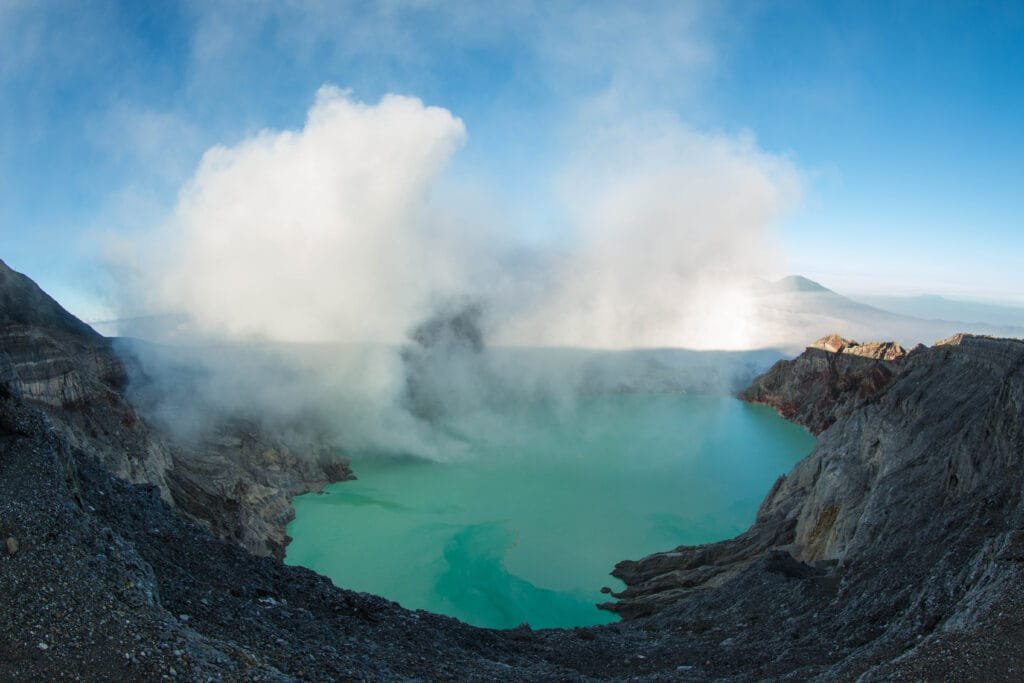
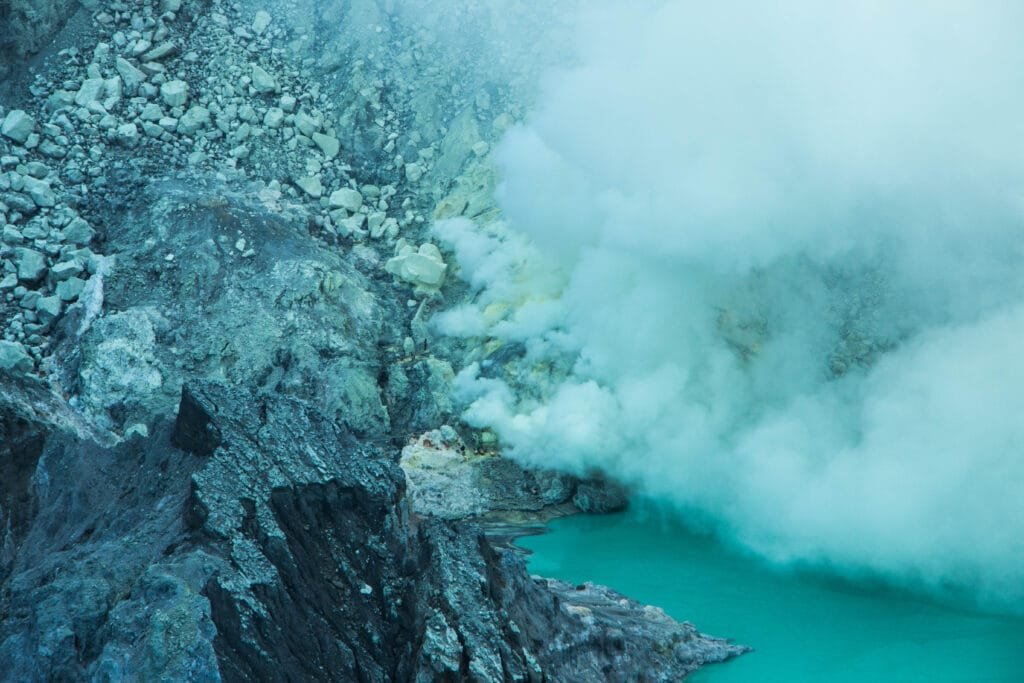
With the rising sun came a quick increase in temperature. It went from a chilly 10°C to a humid 25°C in less than half an hour. The sulphuric smoke pouring out of the crater mixed with the warm, humid air and very quickly formed sulphuric clouds. The magnificent landscape quickly disappeared and we were lost in a cloud of smoke.
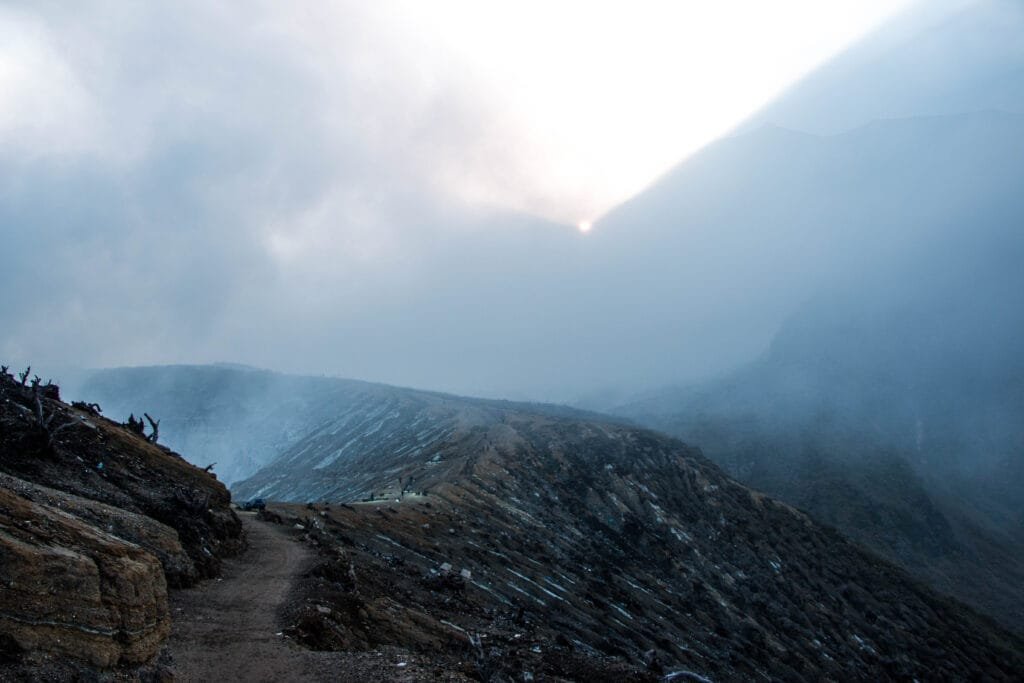
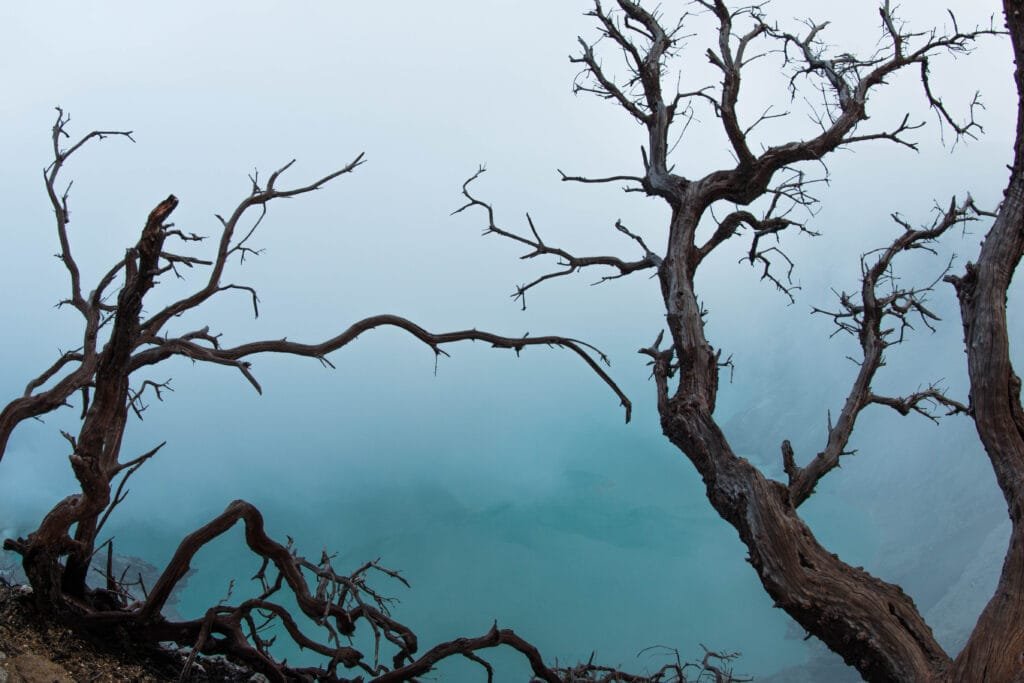
On the walk back to the path, Yudi had one last special thing to show us. He led us slightly away from the crater’s edge, to a place where life had somehow found a way to survive. We found ourselves in a small grove of short, very twisted and very sickly looking trees. It was probably one of the most alien environments I have ever seen, and the sun desperately trying to break the dense sulphur clouds only added to the experience.
Continuing our way towards the path, we stopped to take a lot more photos. Some miners were clambering out of the crater, hauling baskets of freshly mined sulphur. Others were going the other way with empty baskets, heading back into the crater for their second or third haul of the day. They take a look at the camera and indicate they would like to be photographed, for a small fee of course.
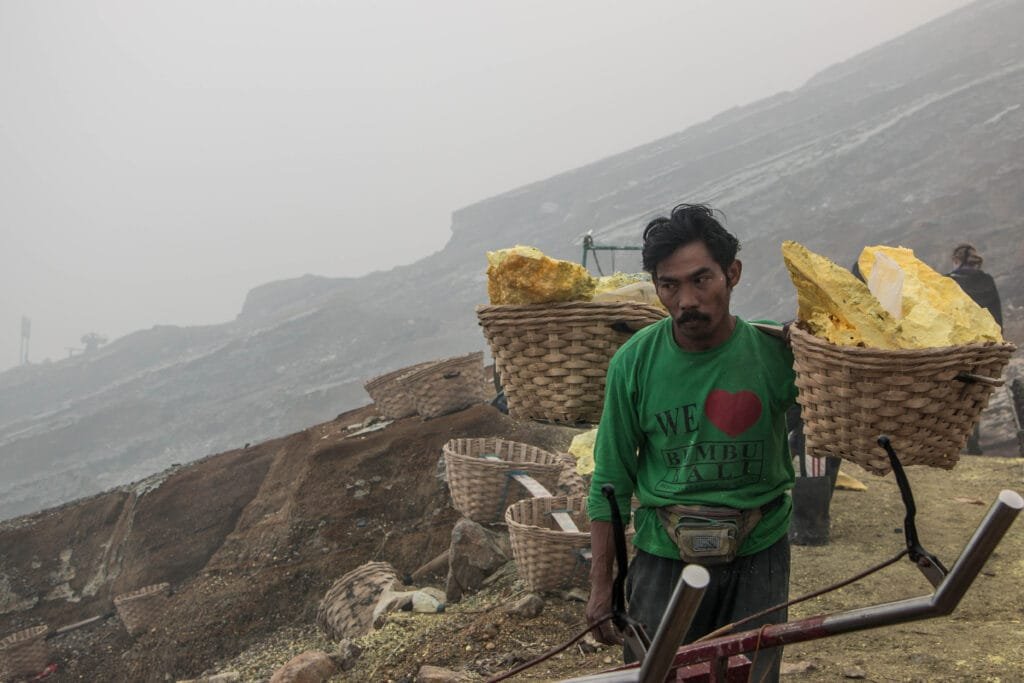
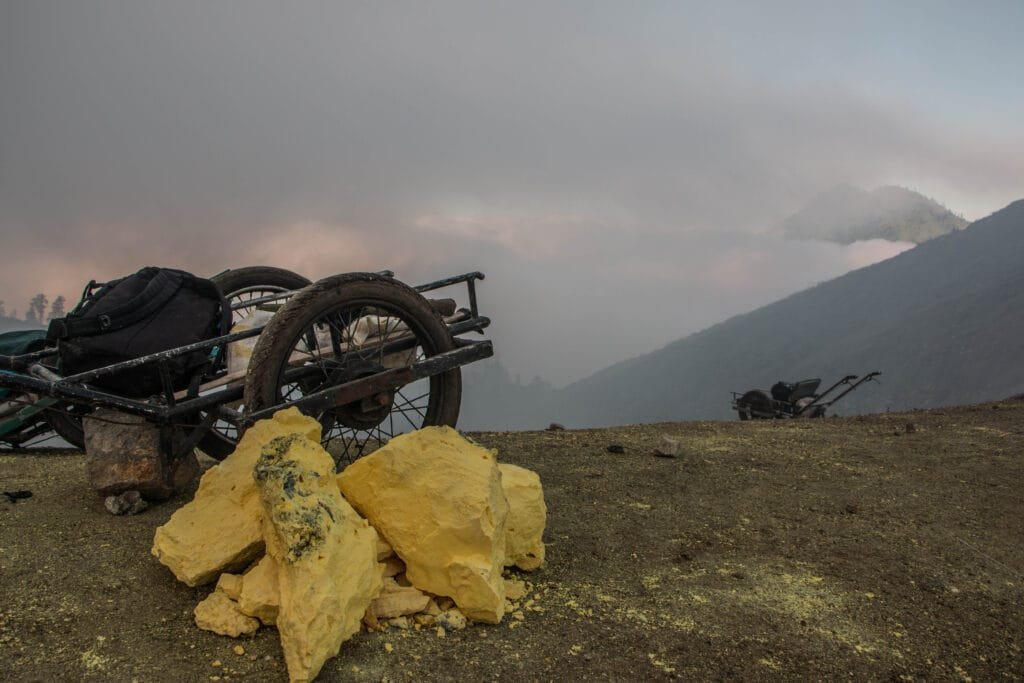
Finally, at around 9am we found ourselves on the path leading back down the mountain. Our very early wake-up call had taken its toll on us, and we descended in near silence. Upon reaching the bottom, we thanked Yudi for his great guiding skills, and gave him a bit extra as a thank you. Pak Yudi had just woken up from his sleep, and we were finally going to get ours on the 9 hour drive back to Yogyakarta. Our time hiking volcanoes in Java had sadly come to an end, and it was time to head back to diving in Sulawesi.

Meet Mike Waddington
A world explorer and photographer, Mike dedicated over a decade traveling the tropics as a scuba diving instructor, immersing himself in the beauty and the mysteries of the ocean.
It was in Bukane Marine Park, North Sulawesi, that he discovered his passion for photography— especially wildlife and underwater photography.
Now based in central Europe, he spends his free time exploring the region’s lesser known mountains and forests, sharing new adventures with his young family.




Have an incredible travel adventure to share?
Travel is life
At Caveri, we believe that travel is the gateway to a life filled with purpose, connection, and transformation.
We believe that hrough exploring new cultures, forging connections, and embracing transformative experiences that we truly grow. That’s why we’ve created the best-in-class travel accessories that combine functionality with timeless beauty and style—to inspire your next great adventure.
Whether you’re wandering vibrant city streets or finding peace in nature’s embrace, Caveri is here to inspire your next adventure.

Want to know how it all began?
Read my story and discover what inspired the journey to create Caveri.
LOVE TRAVEL?
Join our affiliate program and earn while sharing the joy of exploration with others. Let’s inspire the world together!
EXPLORE POPULAR PRODUCTS
- Add to cart
- Bundle Sets
Weekend Getaway Kit – Beige
- $109.00
- Rated 5.00 out of 5
- Add to cart
- Bundle Sets
Nomad Kit
- $129.00
- Rated 5.00 out of 5
- Add to cart
- Accessories
Wanderlust Toiletry Bag – Royal Fuchsia
- $79.00
- Rated 5.00 out of 5
- Add to cart
- Accessories
Wanderlust Toiletry Bag – Ink Blue
- $79.00
- Rated 5.00 out of 5
- Out of StockRead more
- Compression Packing Cubes
XLarge Compression Packing Cube
- $69.00
- Rated 5.00 out of 5
- Out of StockRead more
- Compression Packing Cubes
Large Compression Packing Cube
- $59.00
- Rated 5.00 out of 5






